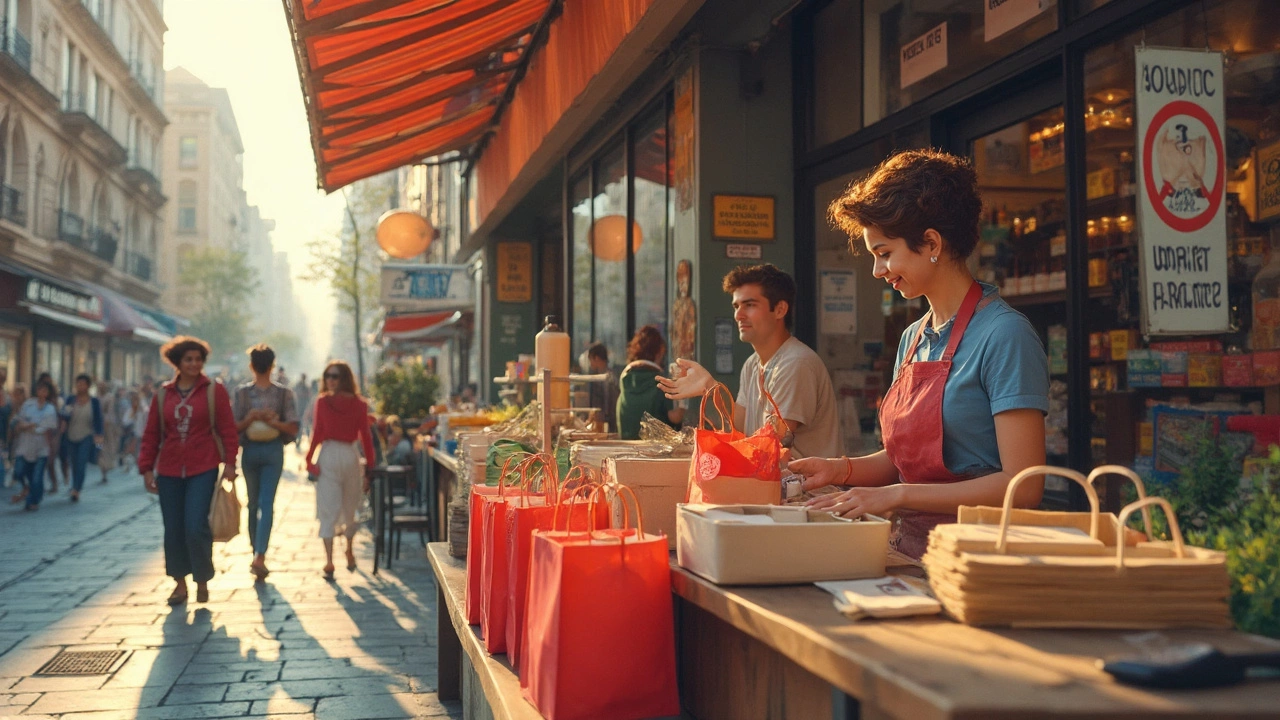Plastic Bans: What They Are and Why They Matter
Every news headline seems to mention a new plastic ban. But what does that actually mean for you? In simple terms, a plastic ban is a rule that stops the sale or use of certain plastic items—usually single‑use products like bags, straws, and cutlery. The goal is to cut down the amount of waste that ends up in landfills, rivers, and oceans.
Governments introduce these bans to tackle the growing plastic pollution problem. When millions of plastic bottles or bags are tossed each year, they break down into tiny pieces that harm wildlife and even enter our food chain. By removing the most harmful items, a ban can quickly lower the amount of litter we see on streets and beaches.
Common Items Covered by Plastic Bans
Most bans target products that are used once and then discarded. Here are the top culprits:
- Plastic bags: Many states in India have stopped giving out free plastic bags at retail stores.
- Straws and cutlery: Restaurants and cafés are required to offer paper or biodegradable alternatives.
- Polystyrene foam (Styrofoam): Used for food containers, it is often banned because it never truly degrades.
- Single‑use plastic bottles: Some regions impose a tax or limit sales to encourage reusable bottles.
If you run a business, check the local ordinance to see which items you must replace. If you’re a consumer, keep an eye on the packaging labels—many now show a “recyclable” or “plastic‑free” badge.
How to Adapt: Practical Steps for Businesses and Consumers
For businesses: Start by auditing the plastics you currently use. Switch to paper, cloth, or compostable alternatives where possible. Many suppliers now offer bulk biodegradable bags at competitive prices. If a complete switch isn’t feasible, consider a take‑back program where customers return used containers for recycling.
For consumers: Carry reusable bags, bottles, and cutlery. A small investment in a sturdy tote can save you hundreds of plastic bags each year. When you see a product wrapped in plastic, ask the retailer for a greener option or choose a different brand.
Both sides benefit from clear communication. Businesses that promote their eco‑friendly choices often see higher customer loyalty. Likewise, consumers who share their experiences on social media help push other companies toward greener practices.
Finally, stay informed. Plastic regulations can change yearly, especially as new research highlights different types of pollution. Subscribe to local news alerts or follow a trusted environmental blog to keep up with the latest rules.
Plastic bans are more than a headline—they’re a practical tool to reduce waste and protect our planet. By understanding which items are covered and taking simple steps to adjust, you can turn a regulation into an opportunity for a cleaner, cheaper, and more sustainable everyday life.

Where Is Plastic Banned in the US? Cities and States Leading the Charge
Confused about where plastic bans actually exist in the US? This article digs into which states and cities have banned certain plastics, what types of items are off-limits, and how these rules could affect your everyday life. From checkout bags to takeout containers, find out what businesses and shoppers need to know. Expect a mix of facts, practical tips, and real-world examples to help you keep up with the changing rules around plastic. Perfect for anyone in the plastic manufacturing business or just looking to reduce their plastic waste.
Read More